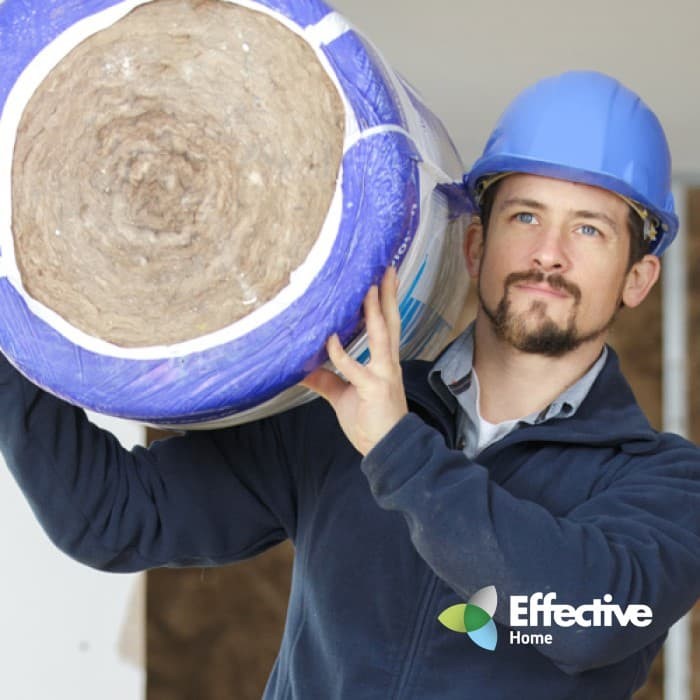Go paper-free
Amend paper-free preferences for your statements and communications.
Find offers and tips to help reduce your energy bills. Plus a practical tool to give you a tailored energy saving action plan.


Offers can be changed or withdrawn at any time.

Your need-to-know guide to EPCs. Including energy-efficiency ratings, why they matter and how improvements to the energy efficiency of your home could increase your rating.
An EPC shows the energy efficiency of a property. Find out why it's essential, learn how to obtain one, and understand its importance when applying for a mortgage.
Find out how to improve your energy-efficiency rating and what benefits it could bring.
If you're not registered for online banking, you can call us. We also offer a range of other services in your local area.